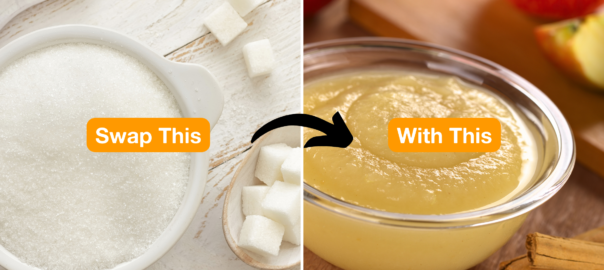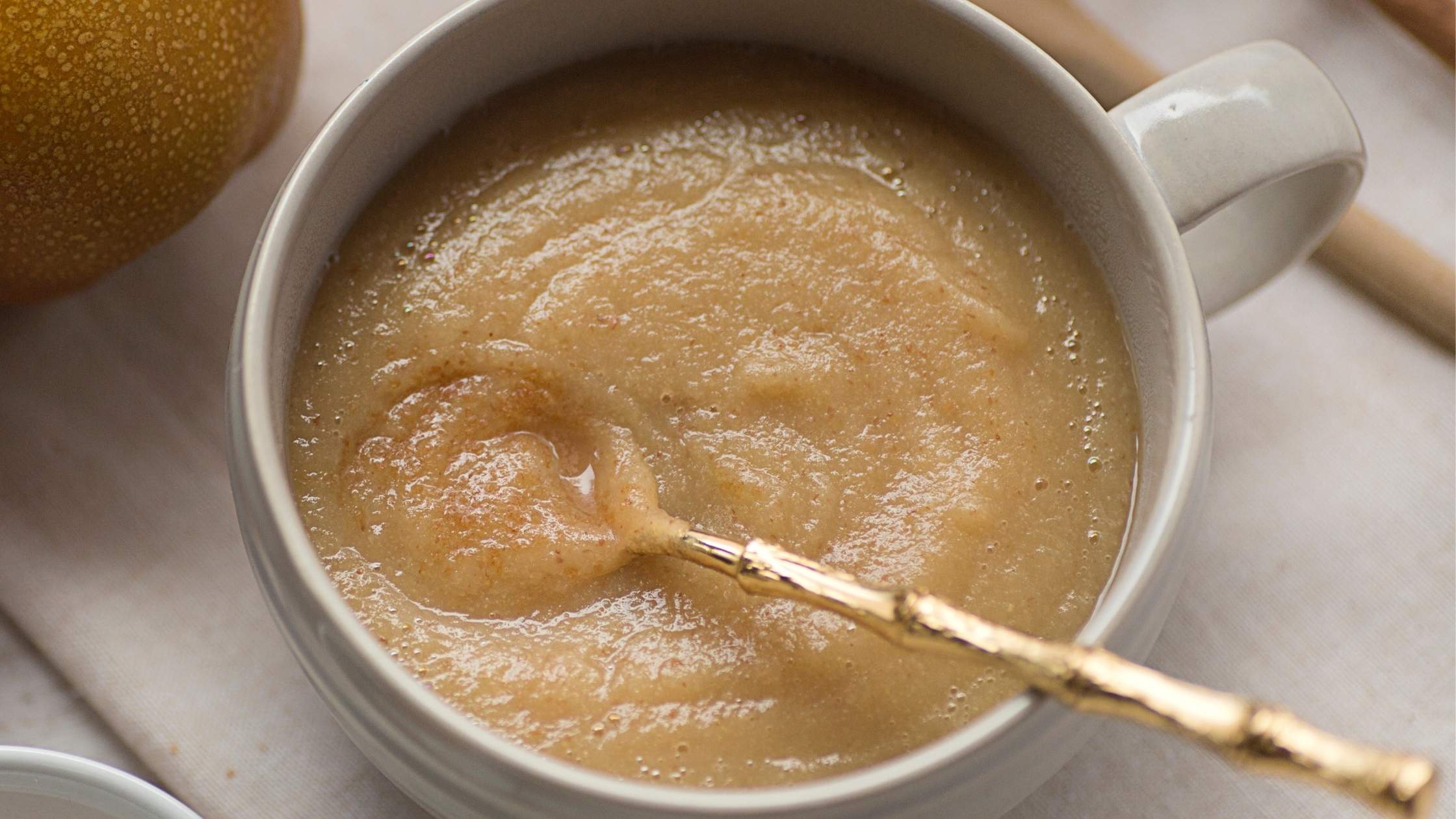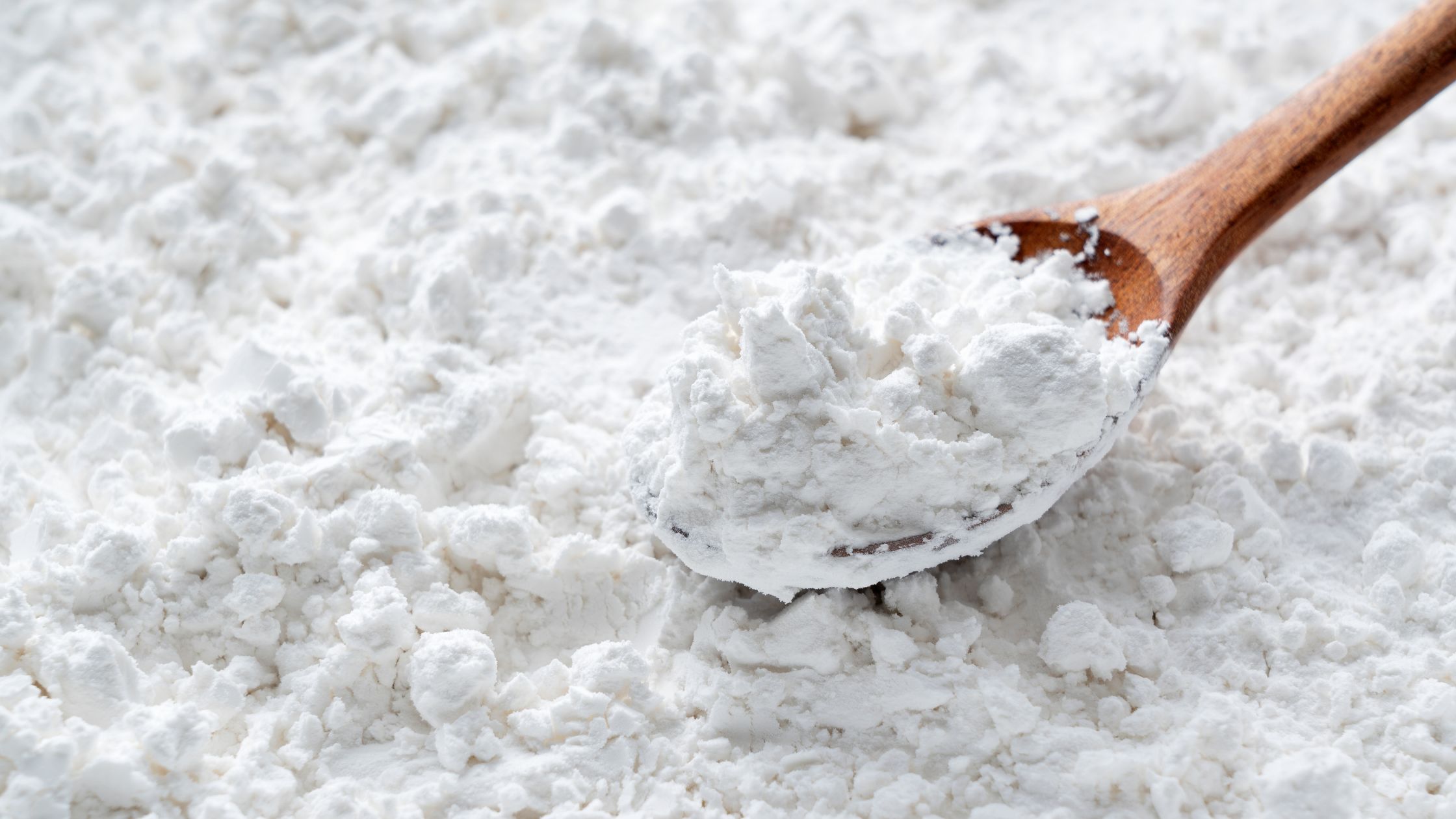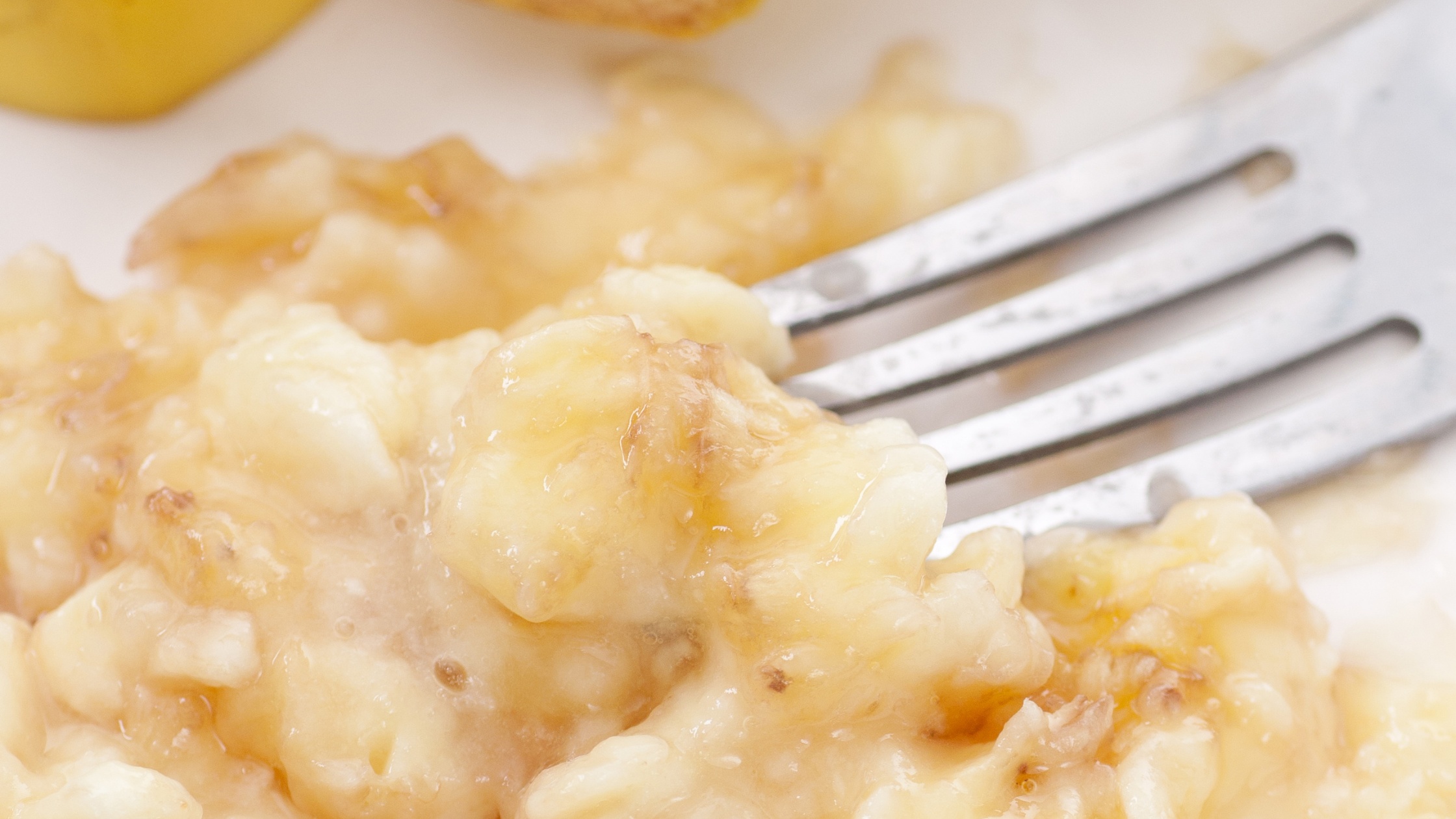A while ago I had mentioned that I would stop cross-posting articles. And for the most part I have. But I feel that this article is important enough that I want to share it across the widest possible network so I'm listing it here as well.
Monthly Archives: September 2009

Changing A Recipe
For many people learning to cook is a fun activity; often it's something you learn when you're growing up. In the beginning you learn by simply following the recipes. That's why baking is sometimes equated to science, it has to do with the exactness of the recipes. That science-type focus can make it difficult to understand what to do when it comes to changing a recipe though.
Why do you need to know how to change your recipes? Maybe you've run out of certain ingredients, or, need to make dietary changes to your recipe. Making these substitutions is not always easy and actually can be somewhat challenging. You need to understand the differences between ingredients, which can be subtle and often requires trial and error.
Below are some guidelines to help you get started when it comes to switching up your ingredients.
Baking soda or baking powder?
Before we get into the substitutions I feel it's important to clarify the difference between baking soda and baking powder. A lot of people think they're interchangeable. They can be but you need to be aware of how they each function in order to know if the substitution will work. Some recipes may call for both while other recipes may call for just one of them.
Baking soda, also known as sodium bicarbonate, requires acidity plus heat in order to create the rising action. However, this means that when you're using baking soda you need to be able to pop the recipe into the oven as soon as possible after mixing to take maximum advantage of the rising ability.
Baking powder, on the other hand, is essentially baking soda pre-mixed with an acidifying agent such as cream of tartar plus a drying agent, or starch, of some kind. Single-acting baking powder becomes active immediately after it is mixed with liquid. So the batter does need to be put into the oven as soon as possible.
Double-acting baking powder has a split reaction, partly when the liquid is added, and then a second reaction when the batter is exposed to heat in the oven. Because of this, recipes using double-acting baking powder can be held aside for a short while before you bake them.
Baking powder can be a good substitute for baking soda. If you only have baking soda and need baking powder you'll need to add 2 parts cream of tartar to 1 part baking soda; as an example, 1 teaspoon cream of tartar plus ½ teaspoon baking soda creates the correct ratio.
Substitutions
I've made some great doorstops/hockey pucks in my time by switching everything in a recipe and not understanding where or how I needed to make further changes. Keeping notes along the way is important. It can help you understand the evolution of your recipe and help prevent those inedible disasters.
I will share from personal experience that if you try to change everything at once you may find that you get an unpleasant result, so be careful when swapping. I usually change the flour first, then the fat, then the sugar.
Sugars
1 cup of sugar → substitute 1 cup of applesauce
You'll need to reduce the liquid in the recipe by ¼ cup – good for cookies, muffins, and quickbreads
2 Tablespoons sugar → ½ teaspoon vanilla extract
Good for any baked goods, up to 4 tablespoons of sugar
1 cup sugar → 2 Tablespoons stevia powder or 1 teaspoon liquid stevia
The recipe may need further modification to make up for the loss of the volume of sugar
Flour/Starch
7/8 cup white flour → 1 cup whole wheat flour
You may need to let the batter sit for a few minutes to allow the extra fiber to absorb some of the liquid in the recipe
1 cup white flour → 1 cup mashed black beans
Wonderful in brownies
1 cup white flour → 1 cup nut flour + ½ teaspoon baking soda or baking powder
1 cup white flour → 1/3 cup coconut flour + 1 egg + a splash of water
Good for pancakes, cookies, and cake
1 cup white flour → 1 cup gluten-free flour blend
Depending on the recipe you may need to add tapioca starch or xanthan gum to make up for the loss of gluten
Fat and Dairy
1/2 cup oil or butter → ½ cup applesauce
Good for muffins or quick breads
1 cup butter → ¾ cup prunes + ¼ cup boiling water blended together
Good for brownies and other chocolate-flavored baked goods
1 Tablespoon butter → 3 Tablespoons ground flax seeds + 1 Tablespoons water
Let the mixture sit for 8-10 minutes to thicken before adding to the batter
1 cup oil or butter → 1 cup mashed banana
Good in brownies, muffins, or cookies
1 cup buttermilk or kefir → 1 cup whole milk + 1 Tablespoon fresh lemon juice
Let the mixture sit for at least 5 minutes to sour
1 cup milk → ½ cup evaporated milk + ½ cup water blended together
If you need a slightly thicker consistency you can use a little more evaporated milk and a little less water
Eggs
The video below is a great resource for how to make substitutions for eggs.
No Artificial Colors In Kraft Foods Overseas, Why Here?
My newest column as the Houston Holistic Health Examiner deals with the buzz and rising dismay over Kraft Food Inc. using artificial colors in their products in the United States but not in places such as Europe and Australia.
Below is my letter to Ms. Rosenfeld:
“As a Nutrition Educator and the mother of two children who are sensitive to food coloring I am pleased to see that you have removed the artificial colorants and aspartame from your products sold in other countries. I feel that this was a responsible decision made in reaction to the demands of your consumers which highlights that KraftFoods has the ability to effect change in partnership with the requests of it's consumers. I am stunned, however, by your decision to continue to use these very chemical additives in the U.S. version of the same products.There are a number of studies which underscore the health risks posed by synthetic additives, especially when it comes to the developing bodies of young children, a prime market for many of your products. Given the overwhelming reach of your company into the pantries across this country and around the world I would think that a response to such consumer requests should have prompted a revision in your manufacturing processes across the global market instead of merely in a few countries.
There is no need whatsoever for these ingredients, and indeed they are harmful to your consumers. I urge you and your company to be a responsible member of the global community, to care about the health of those who buy your products and make the same change that you did in Europe, Australia and other countries by removing artificial colorants, aspartame and other unhealthful chemical additives to the foodstuffs that you sell, not only in the United States, but around the world.
Sincerely,
Mira Dessy, NE”
Whole Wheat Pear Torte
In light of the previous post I decided to share this one to highlight that inventing or even modifying recipes is not always a straightforward process.
Cake Questions
 My friend Claire recently learned about using carob as a substitute for chocolate and decided that she wanted to try it. She felt that it was best to start with a recipe that already used carob and try to change the sugar/fat ratios so she picked this recipe.
My friend Claire recently learned about using carob as a substitute for chocolate and decided that she wanted to try it. She felt that it was best to start with a recipe that already used carob and try to change the sugar/fat ratios so she picked this recipe.
My reply: “This certainly looks great and your picture looks wonderful!! I would make one small change. Instead of brown sugar (which these days is nothing more than white sugar stained with molasses) I would try demerara sugar which is a lower process than white sugar and has a fairly good moisture content mimicking the effect of brown sugar.
In case you are wondering why manufacturers pull the molasses out of sugar to make white sugar and then add it back to make brown, it's so that they can get a consistent color palette in the product. Silly but that's why they do it.
As to the moisture…the cake probably came out a little drier because you used less sweetener. You can try to modify that by either adding a little more fat (oil or butter) or by adding something like sour cream (just a little) to help which would also give a subtle richness to the cake or applesauce which would help add moisture. The applesauce typically doesn't add anything to the flavor profile, just moisture.
Since I personally encourage people to eat more whole grains I would leave the whole wheat the way it is is the recipe, switching back to 100% enriched flour is nutritionally less desirable and will also significantly change the properties of the cake.”
As a general note, when you are modifying recipes it's sometimes difficult to remember all the different pieces that make up the whole. Changing one ingredient can have a major effect on the overall result. When working with baked goods the most important things to think about are if your change will impact the loft (whole grains are more dense requiring possibly more moisture or more leavening), the moisture, or the flavor. But most importantly, like Claire, have fun and experiment with your food.
Photo: Courtesy of Claire Wang



